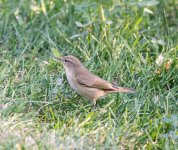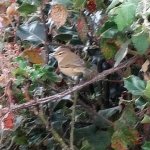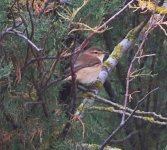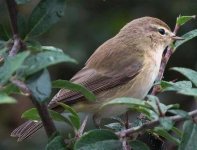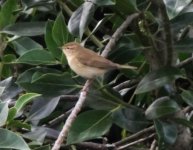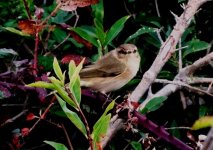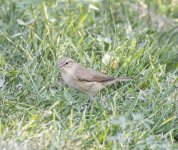Shahrzad
Well-known member

My friend could take a photo of this Chieffchaff in Tehran city/ Iran today,
which one do you think has a better chance between Siberian Chiffchaff and the Mountain Chiffchaff?
At first glance I think it may a Siberian but again I hesitate...
25 October 2020 - Tehran/Iran by Parastoo Hedayatzadeh
which one do you think has a better chance between Siberian Chiffchaff and the Mountain Chiffchaff?
At first glance I think it may a Siberian but again I hesitate...
25 October 2020 - Tehran/Iran by Parastoo Hedayatzadeh




